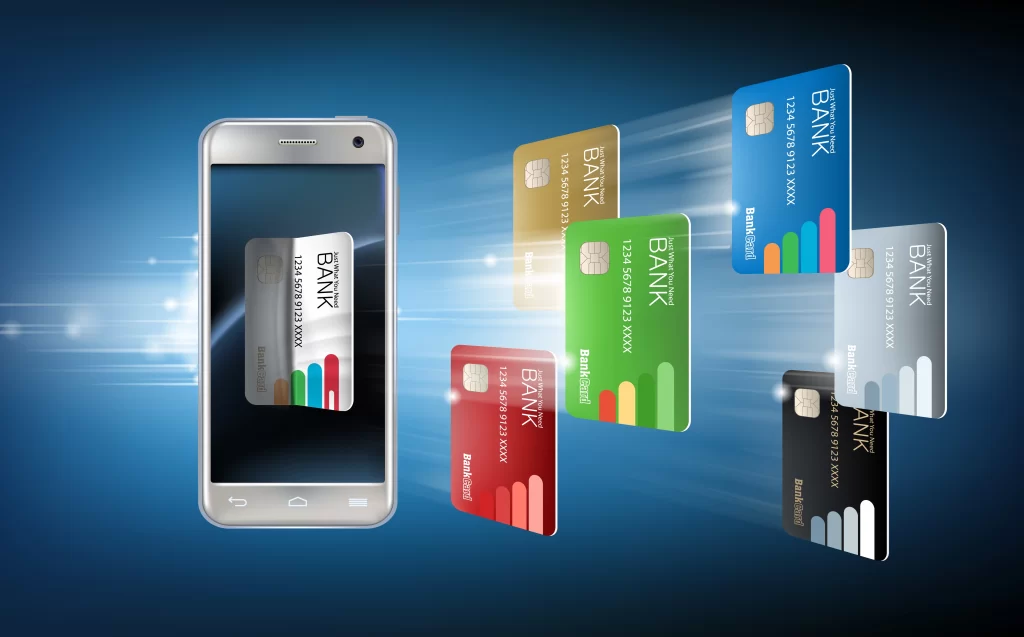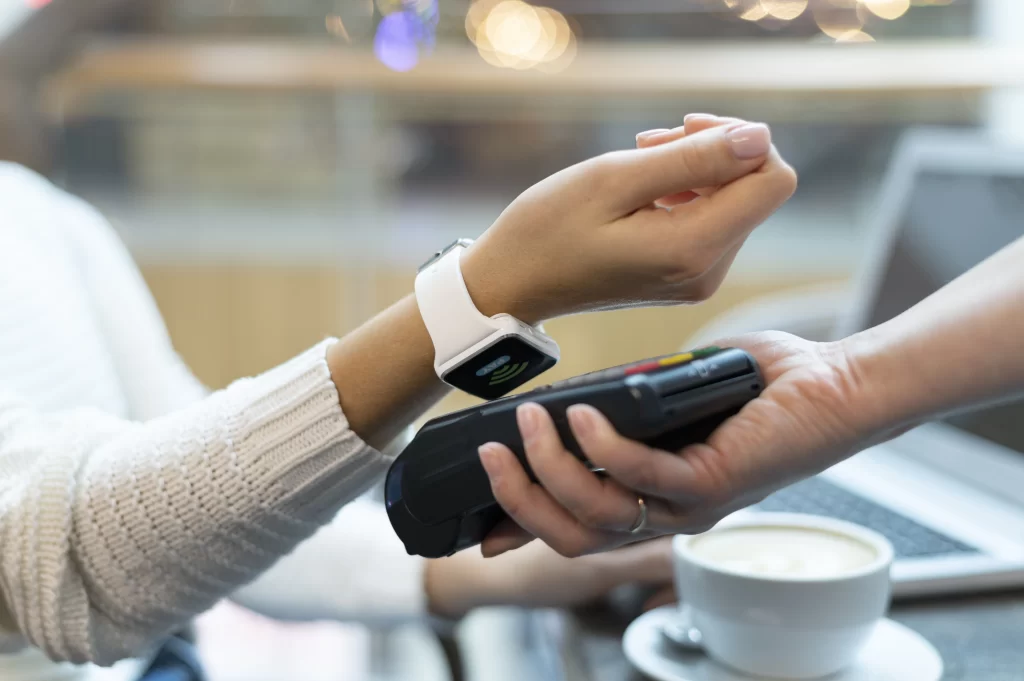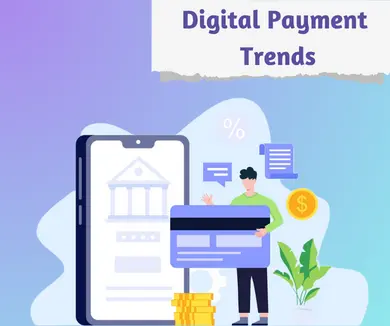Introduction
E-commerce has undergone a remarkable transformation over the past few years, primarily driven by the evolution of digital payment systems. Today, consumers expect seamless and secure payment experiences and businesses are constantly innovating to meet these demands. In this blog, we will talk about the trends and developments in digital payment systems and explore how they are reshaping the future of e-commerce.
The Rise of Mobile Wallets

The days of bulky wallets and cash transactions are slowly being forgotten. Mobile wallets, such as Paytm, PhonePe, and Google Pay have taken center stage. The convenience of paying with a simple tap or scan has made mobile wallets immensely popular. According to Statista, mobile payment transaction values are projected to cross $4.6 trillion by 2023.
Contactless Payments and NFC Technology

The COVID-19 pandemic has accelerated the adoption of contactless payments. Near Field Communication (NFC) technology, the backbone of contactless payments, has witnessed widespread integration in various devices. In 2021, nearly 34% of all in-store transactions in the United States were contactless, as reported by the Federal Reserve Bank of Atlanta.
Cryptocurrencies and Blockchain

Cryptocurrencies like Bitcoin and Ethereum have captured the imagination of both consumers and businesses. E-commerce platforms have started accepting cryptocurrencies as a form of payment. Notably, Elon Musk’s Tesla announced its acceptance of Bitcoin payments for car purchases in 2021. Blockchain technology, which underpins cryptocurrencies, offers enhanced security and transparency in transactions.
Buy Now, Pay Later (BNPL)

Buy Now, Pay Later services, such as Paytm Postpaid, Flipkart Pay Later, and Amazon Pay Later, have gained traction among consumers, especially Millennials and Gen Z. These services allow consumers to split their payments into manageable installments, offering greater flexibility in their purchasing decisions. The market size for BNPL in India is expected to reach approx $14,000 million by 2024.
Biometric Authentication

Authentication methods have evolved from passwords and PINs to more secure and convenient biometric options. Fingerprint recognition, facial recognition, and even voice recognition are become mainstream in digital payments. These technologies enhance security and reduce friction in the checkout process, creating a smoother shopping experience.
Artificial Intelligence and Machine Learning

The integration of AI and ML in digital payment systems has revolutionized fraud detection and prevention. AI-powered algorithms can detect unusual patterns and behaviors, helping businesses protect themselves and their customers from fraudulent activities. According to Juniper Research, AI in payment fraud detection is expected to save businesses over $10 billion annually by 2025.
Enhanced Payment Security

Security remains an important concern in digital payments. The adoption of EMV chip technology in credit and debit cards has significantly reduced card-present fraud. Moreover, the Payment Card Industry Data Security Standard (PCI DSS) continues to evolve to address emerging threats and vulnerabilities, ensuring the safety of payment data.
Cross-Border Payments

E-commerce knows no boundaries, and cross-border transactions are on the rise. The development of payment gateways that support multiple currencies and payment methods has made global e-commerce more accessible. Cross-border e-commerce sales are projected to reach $6.4 trillion by 2023, according to eMarketer.
Conclusion
The digital payment system is evolving at an unprecedented pace, redefining the way we conduct e-commerce. From mobile wallets and contactless payments to cryptocurrencies and biometric authentication, these trends are shaping the future of online shopping. As businesses adapt to these changes, they will be better positioned to meet the demands of tech-savvy consumers and provide seamless, secure, and convenient payment experiences.



